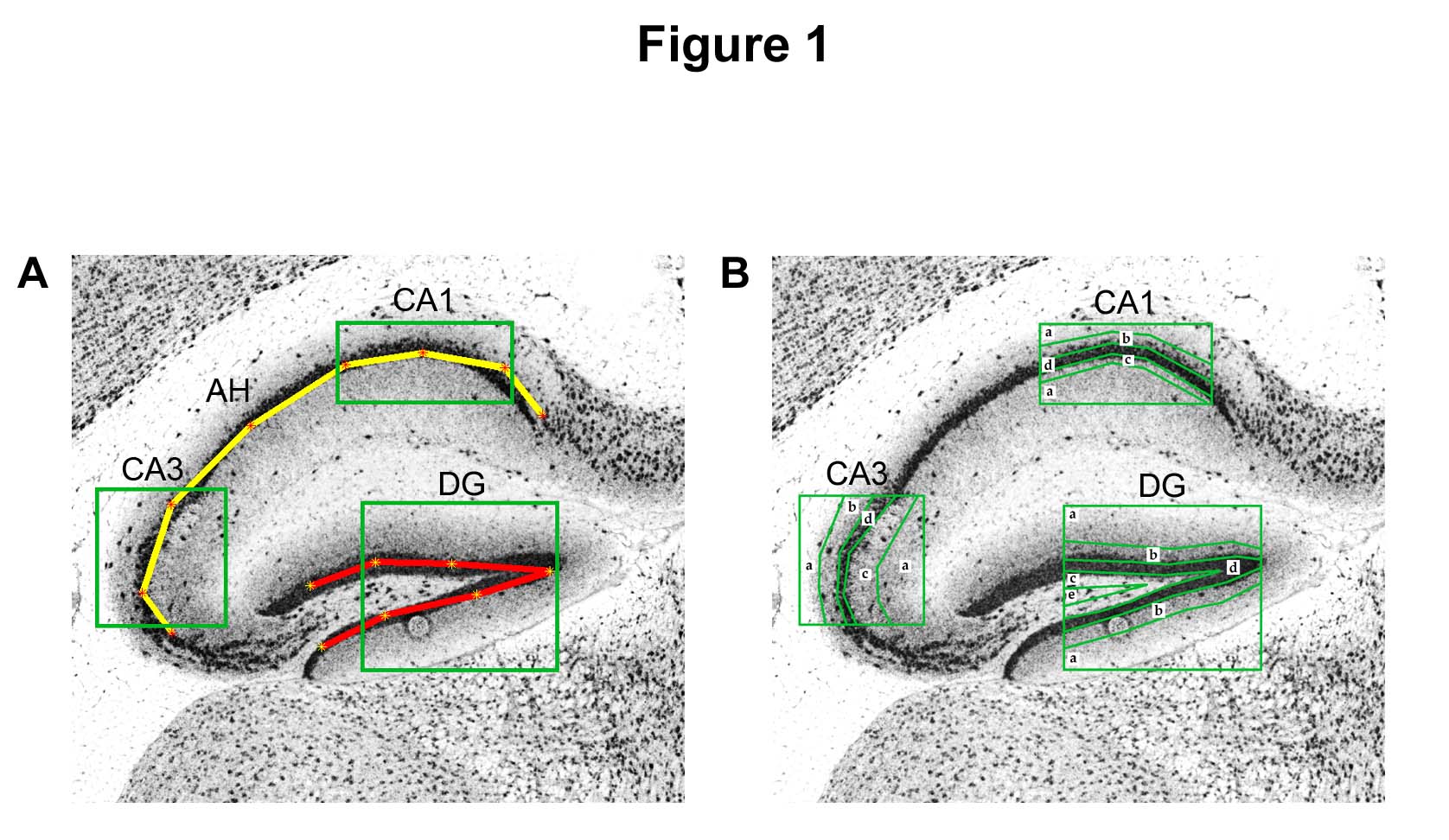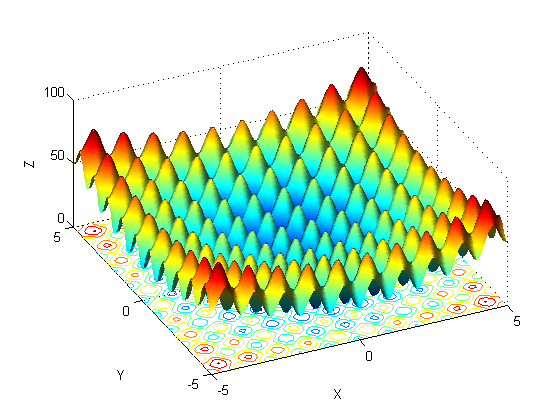PAVISYS
Pantograph Automatic Vision-based Inspection SYStem, developed in collaboration with Rete Ferroviaria Italiana, RFI) is a computer vision system for the automatic inspection of pantographs for electric traction. The software prototype was developed in collaboration with the ACT Lab of our Department. It has been experimentally adopted by RFI for the monitoring of pantographs on the
Italian railway network (December 2008). After that, by means of a know-how transfer agreement, the development of the system has been taken care for by HENESIS srl, Parma, Italy, who is presently commercializing the system as PANTOBOT(tm).
Real-time object recognition
The GPU implementation of swarm intelligence and evolutionary computation methods as well as of neural networks allowed us to develop a general model-based object recognition method which can be effectively applied within several different contexts.
Based on such technologies, we have developed a real-time road-sign recognition system able to detect and recognize virtually all kinds of standard road signs.
The same approach is being used to automatically detect anatomical structures in different kinds of medical images.
Hippocampus Localization in Brain Histological Images
The automatic localization and segmentation of anatomical structures is one of the most frequently tackled tasks in medical image analysis, due to its many applications in clinical and experimental medicine. Among these, automated methods to accurately, robustly, and reproducibly localize the hippocampus in brain images are particularly interesting, after discoveries indicating the relevance of structural changes of this region as early biomarkers for Alzheimer’s disease and epilepsy.
We have developed an automatic tool aimed at localizing the hippocampus in histological images and extract meaningful information that can be used to assess visual similarities between genes, under the hypotesis that similar visual aspect is a hint for similar behavior
Bio-Inspired Global Optimization
Bio-Inspired algorithms are a class of optimization methods which rely on techniques inspired by nature, like social interactions, the human brain, or darwinian evolution.
They have been increasingly used in the last years horse games for solving many real-world tasks that can be formulated as optimization problems. Among their numerous strengths, we can consider:
- easy to implement
- easy to parallelize
- they do not depend on the function to optimize
- the function does not need to be differentiable
Sentiment Analysis
Sentiment analysis (also known as opinion mining) refers to the use of natural language processing, text analysis and computational linguistics to identify and extract subjective information in source materials. Sentiment analysis is widely applied to reviews and social media for a variety of applications, ranging from marketing to customer service. Generally speaking, sentiment analysis aims to determine the attitude of a speaker or a writer with respect to some topic or the overall contextual polarity of a document. The attitude may be his or her judgment or evaluation (see appraisal theory), affective state (that is to say, the emotional state of the author when writing), or the intended emotional communication (that is to say, the emotional effect the author wishes to have on the reader).


